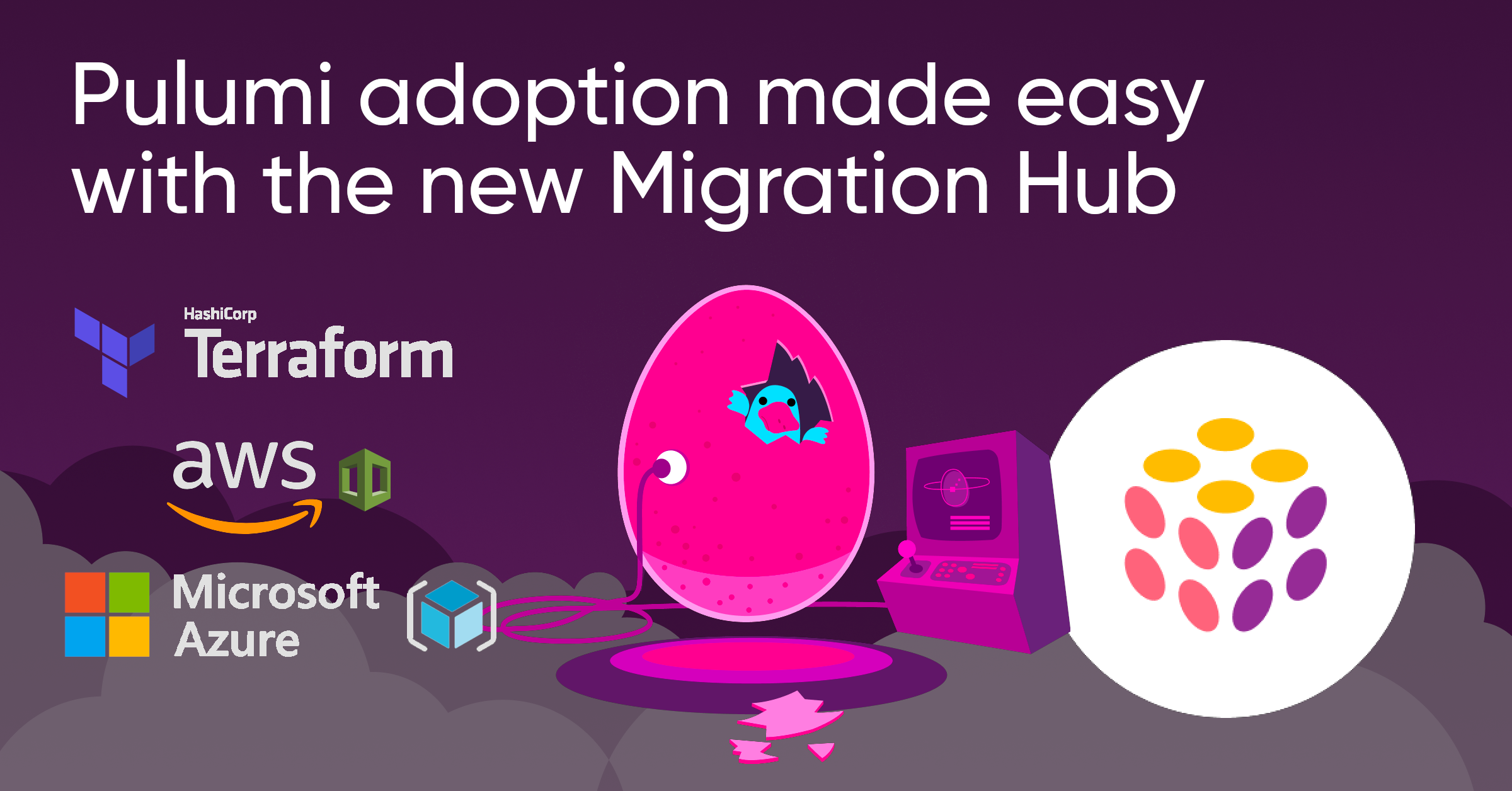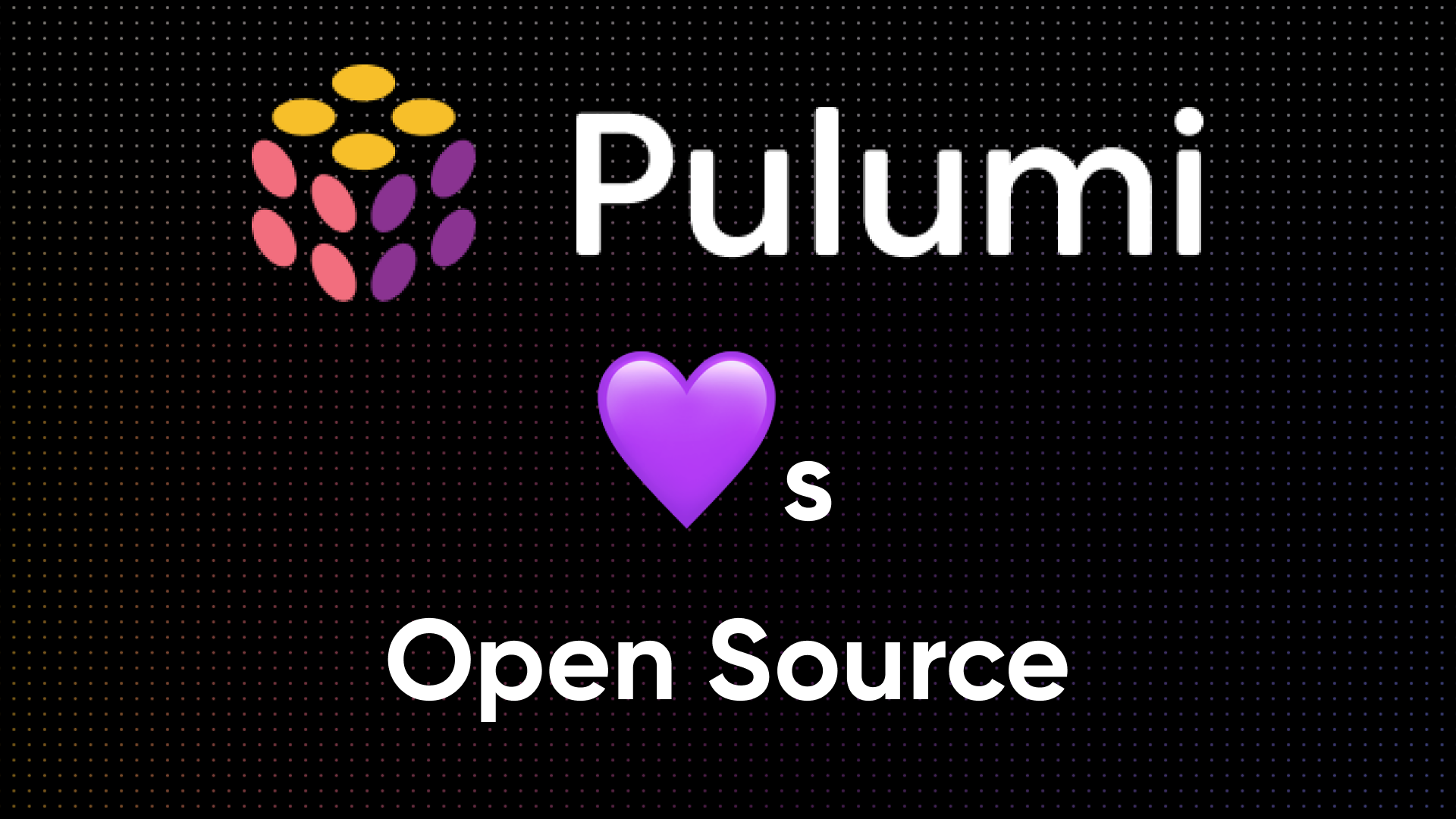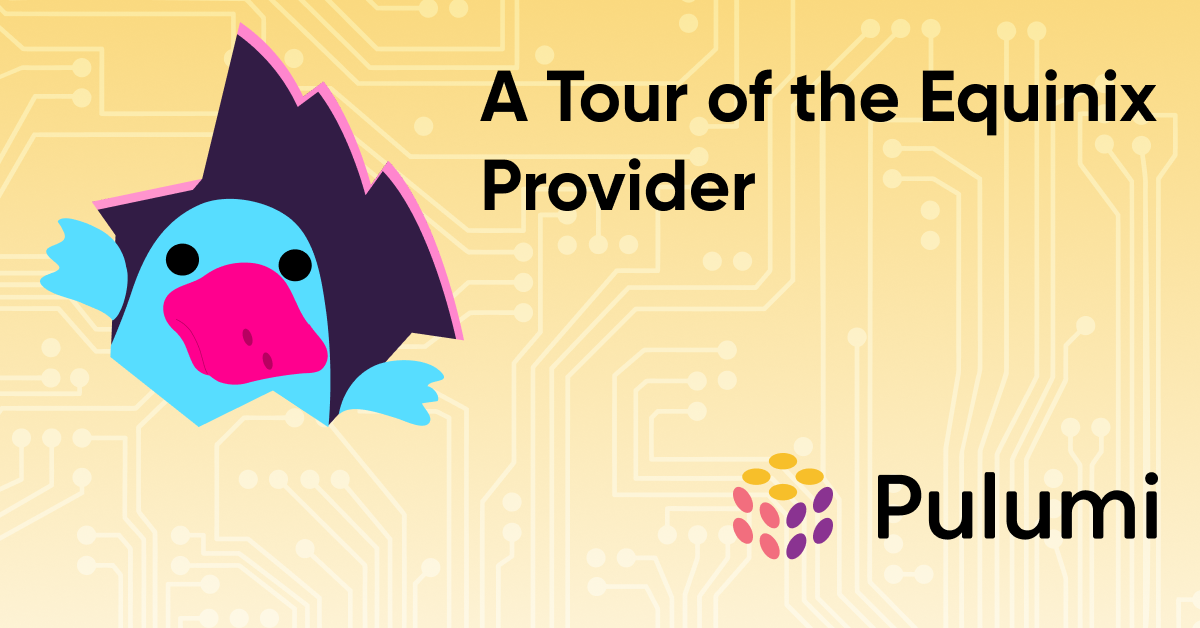How Starburst Data Creates Infrastructure Automation Magic With Code

Matt Stephenson is Senior Principal Software Engineer for Starburst Data and a Puluminary member. He’s deeply involved in the Infrastructure as Code (IaC) space, having contributed to Ansible, been a core contributor to Apache jclouds, and has written many Terraform plugins. He leads infrastructure architecture at Starburst and originally introduced Pulumi to the company. Starburst provides a data lake analytics platform that’s powered by Trino - an open-source distributed SQL query engine designed for running fast analytic queries across large datasets in multiple data sources. At Starburst, Matt helped revamp and improve how the company manages its multi-cloud and cloud native infrastructure.




















